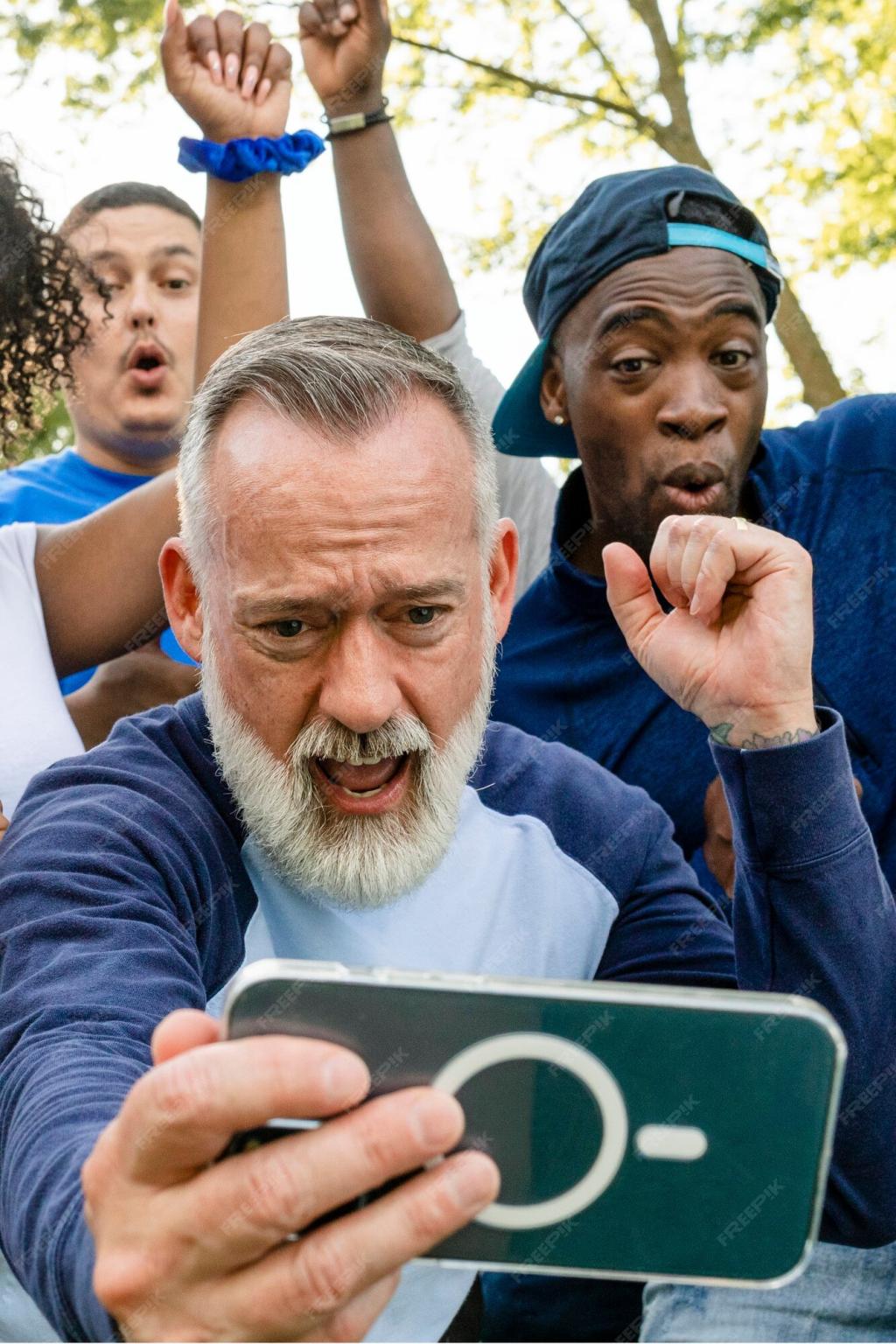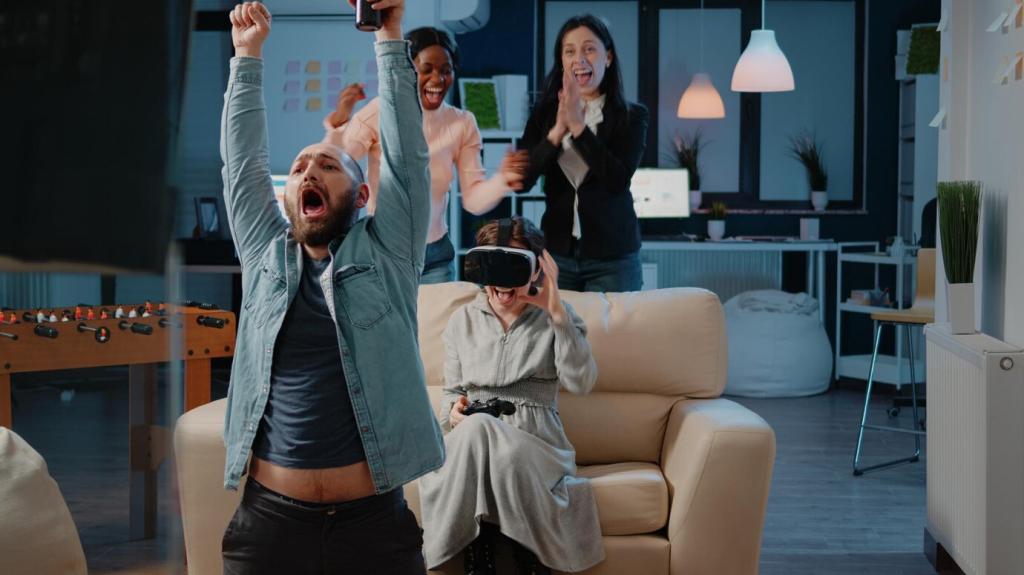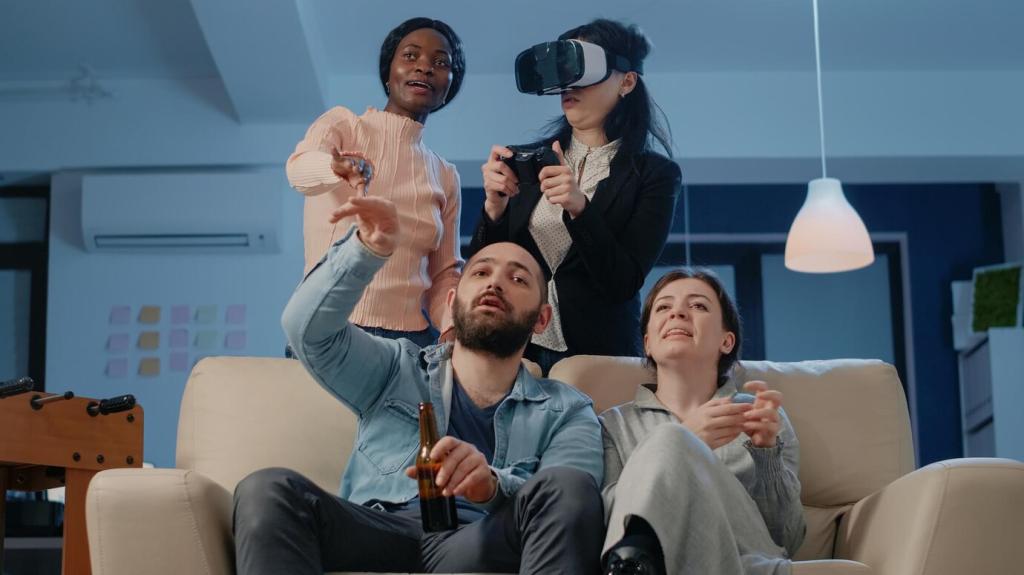Case Studies: What Worked, What Didn’t
A regional museum co-developed a VR exhibit with local artists and elders, integrating TK Labels in metadata and revenue-sharing agreements. Visitors learned appropriate behaviors in-headset, and elders could hide or rotate sensitive scenes seasonally through an admin dashboard.
Case Studies: What Worked, What Didn’t
A studio released a prototype featuring funeral music without permission. After community feedback, they paused distribution, held listening sessions, re-scored the scene, and funded local workshops. Their public postmortem modeled humility and repair, improving trust for future collaborations.








